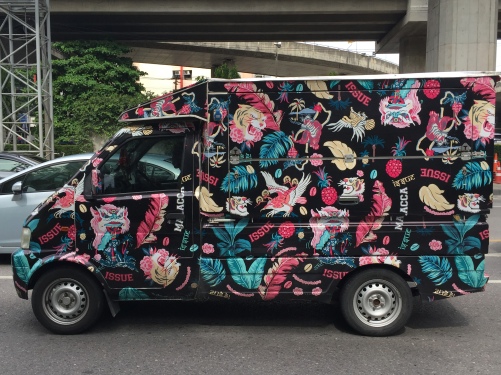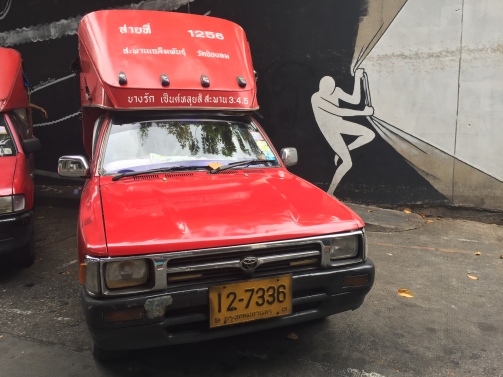

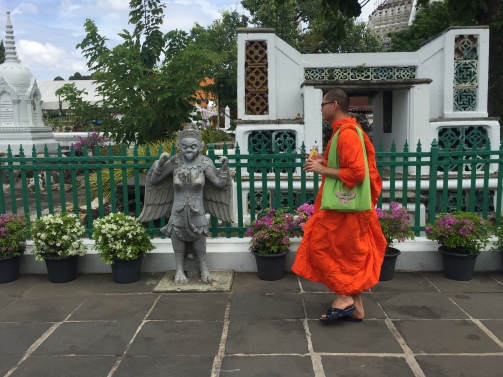
12 08 2017
Comments : Leave a Comment »
Tags: bangkok, streetscapes, thai
Categories : Uncategorized
Bangkok: the money monster
12 08 2017Bangkok is a late capitalist capital par excellence. Everywhere, from the thronged pavement stalls of the tourists strips, to the plush and shiny malls, the seedy red light bars and the alleyways of Chinatown is laden with stuff: things to buy, services to purchase, all provided with a ready smile. There is no city I can think of where consumption is so conspicuous, and so varied. If you can’t buy it in Bangkok it likely doesn’t exist. As I once wrote, everything the human mind can devise or imitate is on sale here, often advertised commandingly on giant billboards or slick skytrain commercials. I saw one new (and well-situated) condo development tagged shamelessly, “Make yourself the centre of the universe!”
But this city of instant gratification and temptation can be a fickle monster. Trends are big here. Fads sweep through the city and then ebb away, like tsunamis. One minute everyone is crazy for yakiniku restaurants and then suddenly its all about tapas bars or organic wine. That is part of the fun of the city, gauging its obsessions du jour.
An interesting and unexpected trend I noticed on this trip was that the iconic Thailand elephant pants – beloved of backpackers but something of a running joke among the country’s more fashion forward citizens – have been (re)appropriated by Thai young people. I saw more than a few baggy Koh Phangan-style pants on hip Bangkok youth in the night markets and “walking streets”.
Even more interesting was the adoption of thanaka. The traditional Burmese herbal face-paste, until recently the preserve of the elderly and provincial, has made a big comeback in the capital, with a repackaged version given a push from a local personal care goods company. Charmingly yellow powdered faces were visible (often on working class people) around the city.
At the other end of the spectrum, well-to-do Bangkok seems to be flirting with another unlikely import. The city’s African music scene has always been surprisingly healthy but following the lead of trailblazing world music club Studio Lam, there are now at least two other African music-friendly venues aimed at upwardly mobile locals: 12 x 12, another bar in Thonglor described as a “Japanese hipster’s dream” and Third World Bar, on the second floor of the old Tapas on Silom Soi 4.
A less wholesome trend was one I read about in alarming news reports. Apparently the practice of facial surgery to create dimples – by piercing the cheeks with metal pins – had caught on and was now being practiced by unregulated and unqualified merchants at Chatuchak market, according to the lurid reports in the press.
But metal cheeks and Afro beats aside, the trend that had the biggest impact on my trip was undoubtedly an app. “Grab” is a must-download for anyone spending time in the city, a superior Southeast Asian sister to Uber. Not only is the Malaysian-based app wildly popular – meaning that a car is never more than a few minutes away – and cheaper than Uber with a better designed interface, it also eliminates the need to give your driver directions. You enter your destination and it pops up in English on an extremely detailed database, with a map directing your driver right there. No more tortuous conversations about “turn left after the Big C” across a language barrier, or taxi drivers who can’t read maps (or often, read at all, even if you have an address written in Thai). Grab revolutionises the ease with which you can explore Bangkok.
Comments : Leave a Comment »
Tags: african, bangkok, Fashion, personal, thai
Categories : Uncategorized
The writing on the wall
12 08 2017
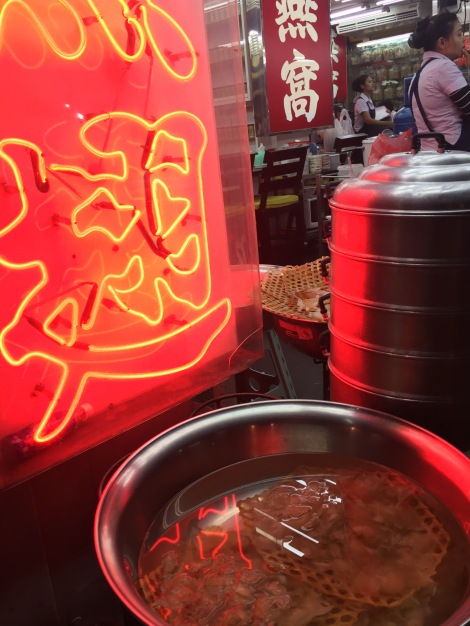
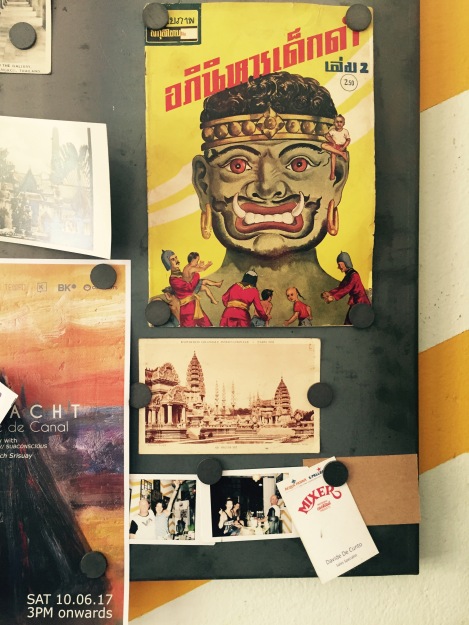
Comments : Leave a Comment »
Tags: bangkok, thai
Categories : Uncategorized
Chinatown
12 08 2017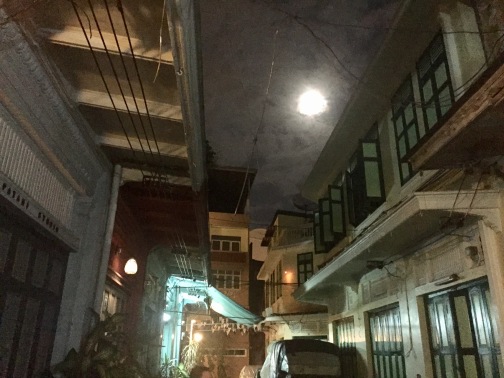
After a few weeks at the trusty Nice Palace, my boyfriend arrived in town and we decided to relocate to Chinatown for a different Bangkok flavor. We had chosen an airbnb above a tapas bar (!) in a hundred-year-old Chinese shophouse on Soi Nana, the newly hip and happening core of ‘cool’ Chinatown, where old buildings have been turned into cocktail bars ( Tep, Teens of Thailand) and art spaces (Cho Why) and a sprinkling of flat-white-serving Melbourne inspired cafes had opened. I was worried – was Chinatown about to be gentrified? Wasn’t “hipsterfication,” afterall, essentially homogenization? Didn’t all these “cool” cafes look pretty much…the same? Chinatown already character and soul. It didn’t need a new one.
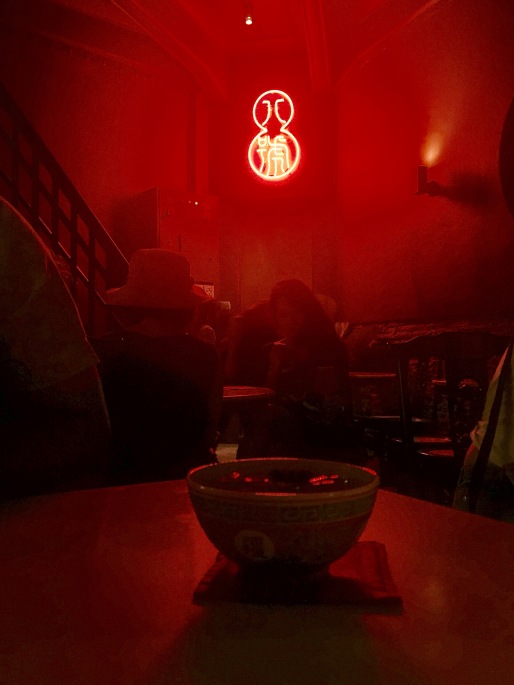
As it turns out though, my worries were premature. On long, loping nocturnal wanderings it quickly became clear that this cool and farang-friendly “new” Chinatown was confined to almost a single block, while the old untamed Chinatown stretched on for miles – miles of tangled alleyways and sleeping cats, chillis drying in the sun, motorbikes roaring through tiny lanes, dusty shops fragrant with herbs, Monkey King shrines, bubbling woks and vendors selling camphor wood and sea slugs, monkfruits, spices and herbs I couldn’t identify, with shoppers haggling in Teochew.
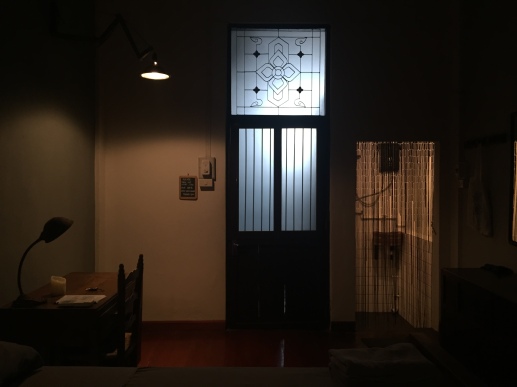

And street food. Visiting Chinatown with a Chinese person was a new experience: my boyfriend knew exactly what he wanted to eat. We had beef and duck noodles by day and at night, along a brightly lit Yaowarat thronged with festival-like crowds, grazed on chestnuts and pineapples, whole coconuts which has somehow had their husks removed to leave only a juicy white orb, and in the decayed foyer of a porno movie theatre, slurped on pigs tongue noodles.
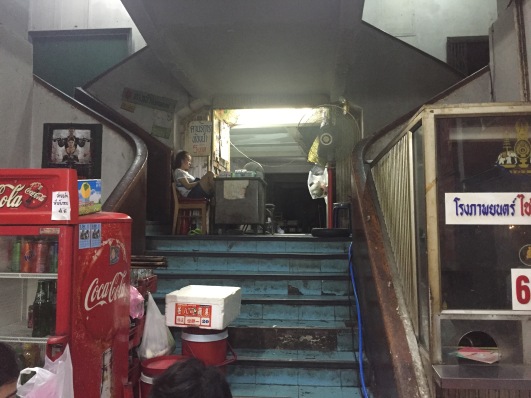

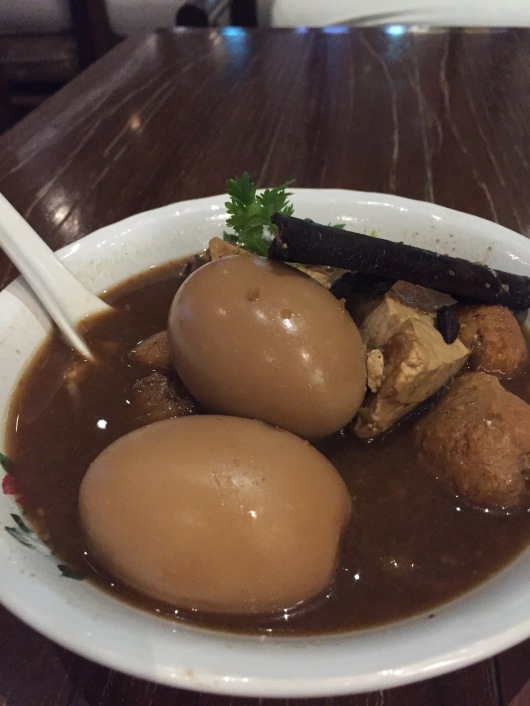
This was the Chinatown we had come for.
Comments : Leave a Comment »
Tags: bangkok, bangkok chinatown, cultural mix n match, neighourhoods, thai
Categories : Uncategorized
Street of a thousand stories
12 08 2017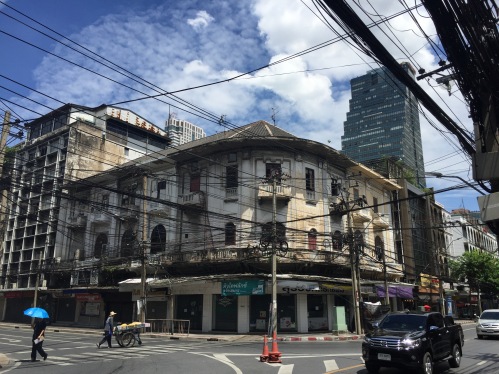
The street of Charoen Krung is a colourful Bangkok tale. The “new road” is, ironically, the city’s oldest, built at the behest of European merchants who had set up shop in vast mansions by the river in the eighteenth century, surviving today as the former French and current Portuguese embassies. The road begins in Chinatown, skirting the grimy tangle of the Talad Noi, an area of winding alleyways lined with workshops selling machinery, hooks and engines. From here it proceeds down – although often choked in traffic – past traditional Chinese shophouses and backstreet Indian and Muslim communities to Saphan Taksin, under the shadow of the doomed Sathorn Unique “ghost tower” (scroll down) and the boat shaped Wat Yannawa. Along the way it takes in the looming proto-fascist Central Post Office, tourist hordes disgorged from the riverside hotels, sometimes dubious tailor and gems stores, local street markets and quiet backstreets lined with wooden houses and hanging orchids.

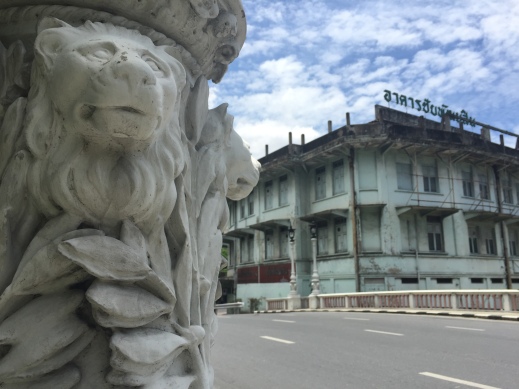
In the last few years, the area has become a locus for gentrification, adding another layer to its palimpset. There is incredible street art as a result of the Bukruk Street Art Festival and by the Warehouse30 development, galleries like Speedy Grandma and Soy Sauce Factory, and now bright hip little cafes like “Little Market” and (soon) flashy bar Tropical City.
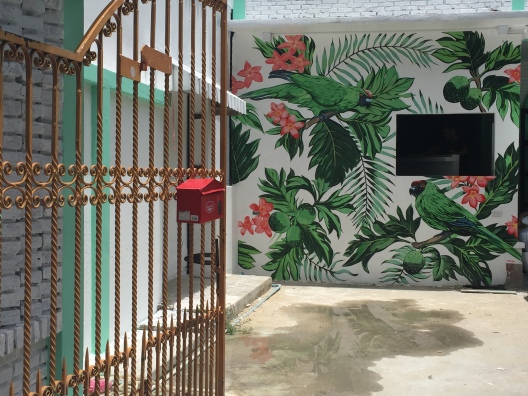
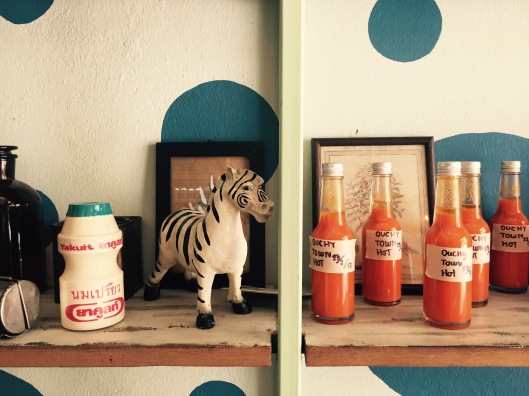
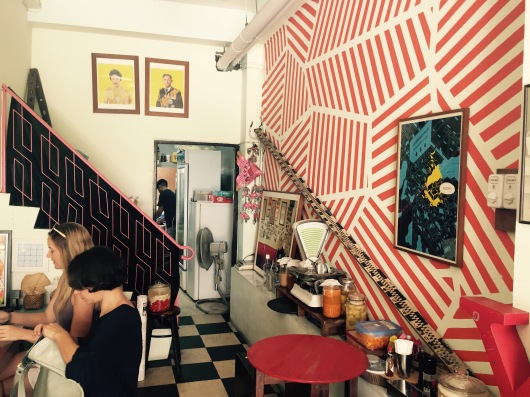
The apex of this new buzz is the refurbishment of the old General Post office as the Thailand Design and Culture Centre, an impressive complex of libraries, exhibition spaces and a rooftop terrace offering an awe-inspiring up-close view of the building facade’s gargantuan 1938 original Garuda statue, looking out over the skyline. It is truly iconic, a new view of Bangkok as a tropical Gotham. I was wowed.
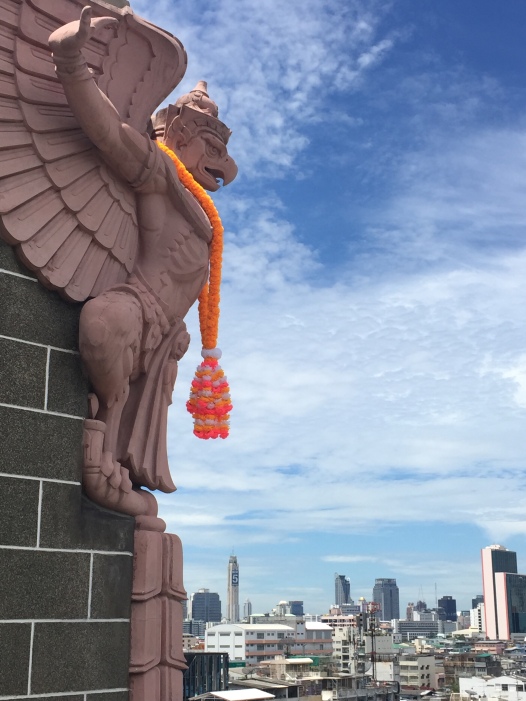
But the area is peppered with other, more low-key surprises – like this Vietnamese temple I never knew about, close to the Chinatown end, dating back to the nineteenth century and featuring a coop of sacred chickens under a bodi-sashed tree.
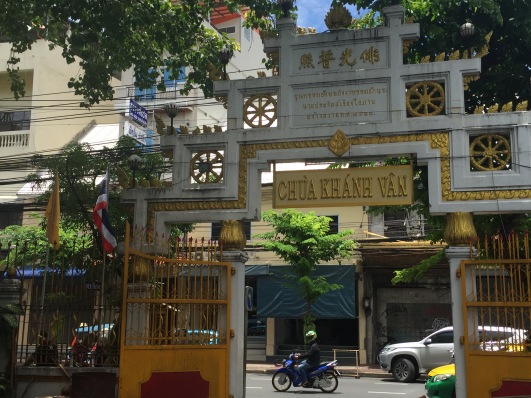
Or Harmonique, a restaurant in an old Chinese mansion entered through a gap in an ancient banyan tree.
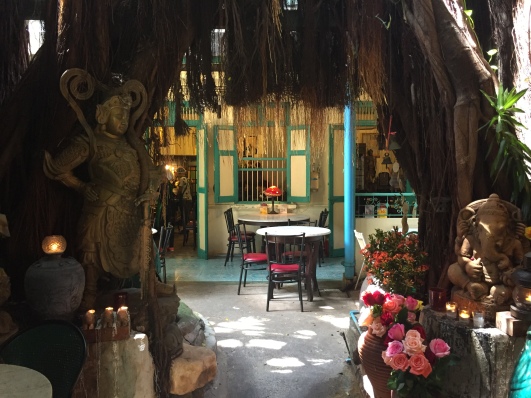
Comments : Leave a Comment »
Tags: bangkok, bangkok street art, charoen krung, thai, thai street art
Categories : Uncategorized
Street art of Warehouse 30
12 08 2017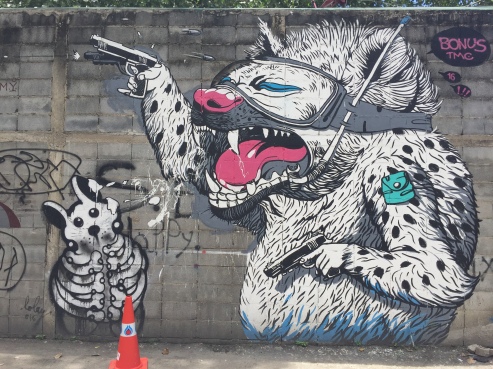
I was eager to see the Warehouse 30 development, another “hipster park”, this time in reclaimed 1940s warehouses (hence the name) on Charoen Krung Soi 30. Here, leading Thai architect Duangrit Bunnag (from the Bunnag clan, an originally Persian family powerful in the country for centuries) is spearheading a cluster of restaurants, cafes, a plant store, a performance space and a documentary movie theatre, similar to the ChangChui deveopment which had impressed me earlier, but with a much more central location. Changchui has been popular since opening a few months earlier, can Bunnag’s track record (he developed the Jam Factory on the other side of the river) and location put him out in front? Unfortunately though the complex wasn’t quite ready when I went to visit. It was actually about to be opened to the public the following (ie, this) week.
Still though, I was able to take a stroll (one thing I have learned is that no-one in Thailand tries to stop you from wandering through construction sites!) and into the adjacent small alley, which I discovered to be covered in great street art from many of the city’s “big names” (Lolay, Alexface etc). Here, hot and bothered tourists were being hustled into tuktuks, exposing me to a crisis of divided loyalties – should I say something? In the end though, the stupidity of the tourist’s overheard questions lead me to the conclusion that they deserved to be ripped off…
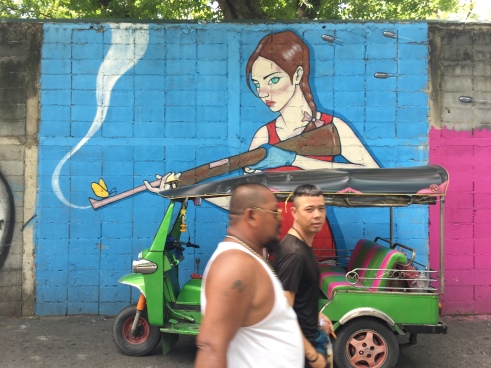
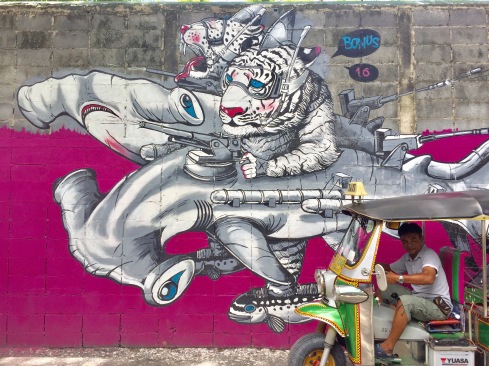
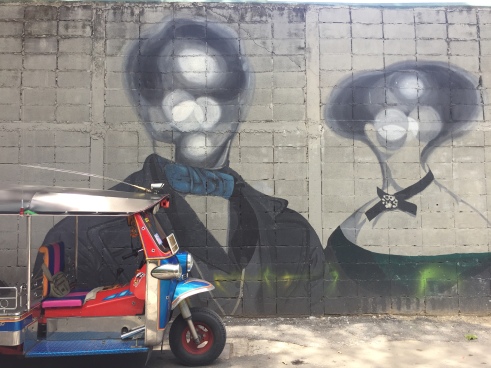


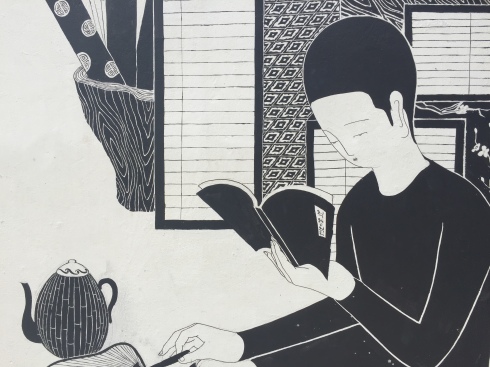
Comments : Leave a Comment »
Tags: bangkok, bangkok street art, thai, thai street art, warehouse 30 bangkok
Categories : Uncategorized
Garuda: The Lord of Charoen Krung
12 08 2017
Comments : Leave a Comment »
Tags: art, bangkok, charoen krung, design, occult, tcdc, thai
Categories : Uncategorized
Islamic Art of Thailand Foundation
12 08 2017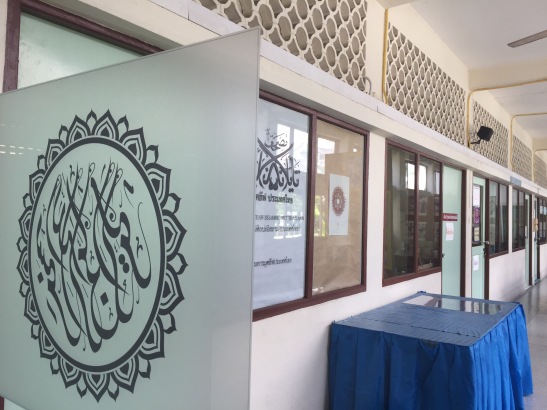
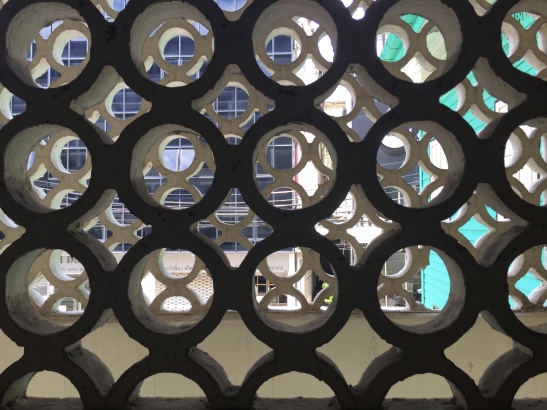
Comments : Leave a Comment »
Tags: architecture, bangkok, design, thai
Categories : Uncategorized
BKK street
12 08 2017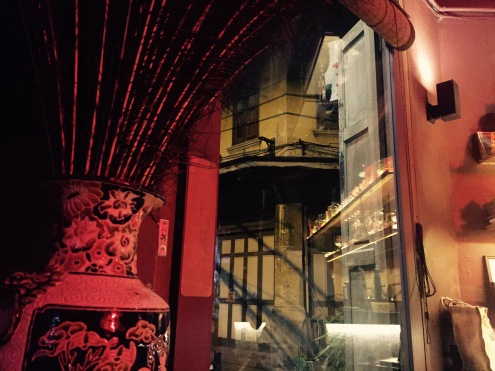
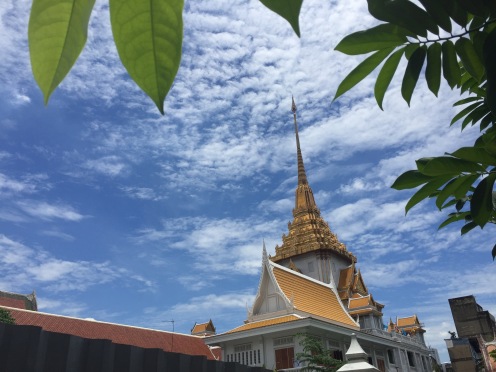
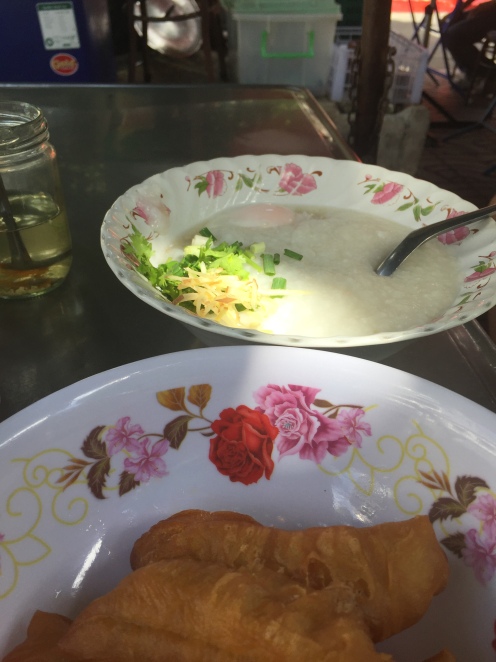
Comments : Leave a Comment »
Tags: bangkok, streetscapes, thai
Categories : Uncategorized
Chatuchak surprise
11 08 2017
In a corner of Chatuchak Park, this monument recognises two hundred years of friendship between Thailand and Mexico, Chile and Colombia. Below, another surprise (of a very different kind). Look what I almost tripped over while jogging.
![IMG_4891[1]](https://ilbonito.files.wordpress.com/2017/07/img_48911.jpg?w=503&h=377)
Comments : Leave a Comment »
Tags: bangkok, cultural mix n match, latin, thai
Categories : Uncategorized
BKK street
11 08 2017


Comments : Leave a Comment »
Tags: bangkok, bangkok street art, street art, thai
Categories : Uncategorized
The ghost tower is ready for its close-up
11 08 2017A primal scream from Bangkok’s collective unconscious: the towering vortex that is the Sathorn Unique has become the setting for a new Thai horror, “The Promise”.
The building is the most high profile of the cities “ghost towers,” never-completed reminders of the 1997 stock market crash that have dotted the city skylines for decades afterwards.
Towering conspicuously over one of the city’s busiest transport interchanges at Saphan Taksin, the brooding concrete shell of the Sathorn Unique has become a Bangkok urban legend and a magnet for graffiti artists and urban adventurers from around the world.
In new movie “The Promise” the tower is the scene of a teenage suicide pact. When one of the pair survives, and returns to the still-derelict building twenty years later, the ghost of her friend tries to see that she makes good on her promise…
Comments : Leave a Comment »
Tags: Bizarre, occult, sathorn unique, strange places, thai, urbex bangkok
Categories : Uncategorized
11 08 2017



Comments : Leave a Comment »
Tags: bangkok, funny, signs, thai
Categories : Uncategorized
Taste of the tropics
11 08 2017
Above, the salak or snakefruit, and below two herbal drinks at new cafe 103 on Chinatown’s Soi Nana. The blue concoction is a refreshing butterfly pea juice and the brown liquid is a drink made from the mathum, or bael fruit, a sour fruit about the size of an orange which is sometimes made into candies. Two families on a single Thornburi street have produced the mathum candies for generations.

Comments : Leave a Comment »
Tags: bael fruit, bangkok, cafes, salak fruit, thai
Categories : Uncategorized
Open House
11 08 2017
The Open House bookstore is Bangkok’s newest buzzy retail concept. Atop the city’s most high-end retail space, the Central Embassy mall, it is a fittingly chic combination of bookstore, lounge and food court designed by the same architects who fitted Tokyo’s exquisite T-Site bookstore. At Open House, the concept is an interesting one. Beautiful art books (and an exhibition space) pull in the punters and the various food outlets scattered among the shelves ring the tills. It is beautifully executed, with comfy sofas and floor-to-ceiling windows giving dramatic views over the Ploenchit skyscrapers, almost like a tropical Fifth Avenue. The whole thing really speaks to Bangkok’s new confidence as a glamorous style destination.
I bought an interesting Japanese novella, The Transparent Labyrinth by Keiichiro Hirano, and had my eye on a cool inflatable bonsai for my new place only to be told it was for display only, not sale.


Comments : Leave a Comment »
Tags: bangkok, design, open house, retail, shops, thai
Categories : Uncategorized
City wild
11 08 2017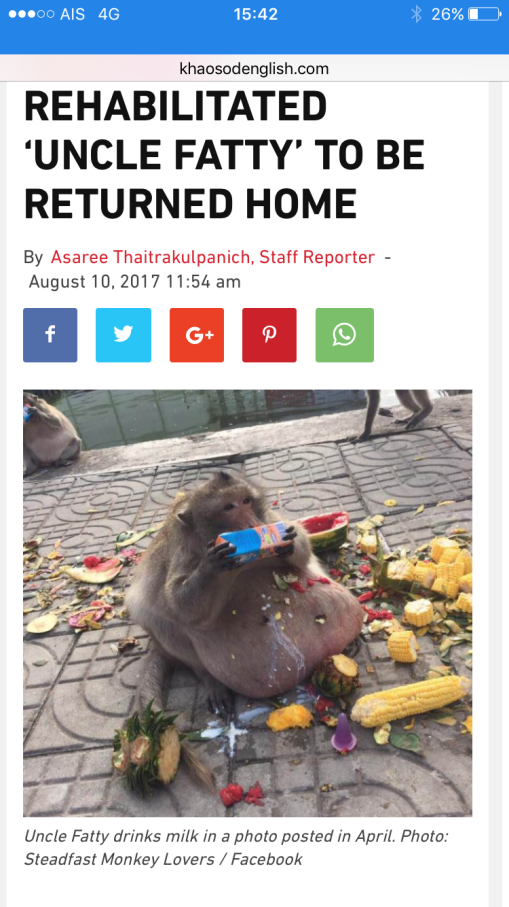
The ever-reliable Coconuts Bangkok site reports on attempts to put “Uncle Fatty,” a notoriously chubby suburban monkey, on a diet here.
Meanwhile, a restaurant has been busted serving endangered species to Chinese tourists. The Luang To To restaurant was found to be serving cobras, andangered soft shell turtles and pangolin meat to its guests. This follows on from the revelations of tiger meat being served in the city a few years ago.
Comments : Leave a Comment »
Tags: animals, bangkok, Bizarre, thai
Categories : Uncategorized
Death by plastic
11 08 2017
Of Bangkok’s environmental problems – a sinking water table, stinking canals, the clearing of the city’s trees – its choking addiction to plastic is one of the most visible. With its delicious culture of street food (where snacks are frequently served in styrofoam and/or double bagged) and in its plastic-happy 7-11s the city churns through a frightening amount of single-use plastics. Indeed, Thailand is one of the five South East Asian nations said to be responsible for 60% of all the plastic pollution in the world’s oceans.
Bangkok-based Norwegian photographer Ben Zander is seeking to raise awareness of the issue (as well as money to supply 7-11s with paper bags.) His project is a photo series called “Death by plastic” featuring Thai celebs (like the host of the Face Thailand here) posing against plastic pollution.
The pictures will be auctioned for the cause.
Comments : Leave a Comment »
Tags: art, bangkok, images, thai
Categories : Uncategorized
Deer tears
11 08 2017
Artist Sakarin Krue-On explores the sad true story of the Schomburgk’s deer in his new exhibition at the Tang Gallery, “A Talebearer’s Tale”. The species once ranged throughout central Thailand until it was declared extinct in 1938. Today only one specimen survives, stuffed and mounted in the museum of natural history in Paris.
Comments : Leave a Comment »
Tags: animals, art, bangkok, Schomburgk's deer, thai
Categories : Uncategorized
#BKKY
5 08 2017
Bangkok youth talks about love, sex and identity in new documentary #BKKY.
Comments : Leave a Comment »
Tags: bangkok, gay, thai
Categories : Uncategorized
Bangkok Sculpture Center
5 08 2017
The Bangkok Sculpture Center is one of the city’s (literally) hidden gems. Rarely visited due to its extraordinarily remote location in the Northeastern suburbs, far from even a bus route, it houses a collection of thousand-year-old Buddhas and then a spectacular hangar-like space of contemporary Thai sculpture in a striking modernist concrete building.
.



Comments : 1 Comment »
Tags: bangkok, bangkok sculpture center, thai
Categories : Uncategorized
